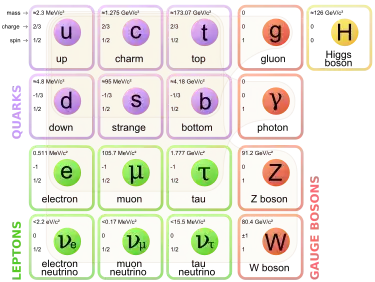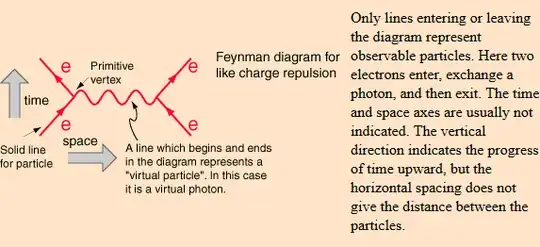This is a source of much confusion. Before answering what is a virtual particle, one should probably discuss just what is a particle. That is because the word particle doesn't fit particularly well to microscopic nature of matter, quantum fields that are. A macroscopic classical particle has a well-defined position, momentum, and energy at a particular time, but quantum field describing matter necessarily does not.
Think about particle accelerator. There are huge vacuum and particles travelling freely until they interact very briefly at a hot-spot. The incoming and outgoing symptiotically free quantum states propagate conserving momentum and energy for example (these are usually thought as a plane wave solutions and said to be on mass-shell). It makes sense to talk about 245GeV particle for example. Thus, in scattering theory, these incoming and outgoing states are called particles (and perhaps this is where the name particle comes as they resemble classical particles the most when they are free).
However, during the interaction, it is all a mess. It is not possible to easily identify particles based on their solutions. However, we know exactly how these fields should propagate and that math can be formulated using Feynman diagrams. Two electrons, for example, may exchange a photon. This photon is in the hot-spot and cannot ever be measured. It is inside the Feynman diagram and that is what is normally called a virtual particle.
Now, what I just wrote, is just a definition for particles in the context of scattering theory. There are many others in the context of other theories and they are used to help thinking or at least to name things. The problem is not that there are so many definitions, but the problem is really that the classical particle doesn't suit that well into quantum mechanics.
For example, using strictly this definition, an electron in a hydrogen atom would be classified as virtual as it is constantly exchanging virtual photons with the nuclei and only the photon measuring it should be real. However, in solid-state theory and quantum chemistry, it is very common to speak about that hydrogen 1s electron as a particle. One can also make the ground state of hydrogen vacuum, and speak about holes (electron went from 1s orbital) and electrons (electron at some other orbital). I omitted the prefix quasi here since it is not often used in normal jargon. That is to say, the word electron (or particle for that matter) is very context dependent.
If you ask me, are the virtual particles real and force me to answer with one word, I would say Yes. I would clarify that they are as real as regular particles (in the scattering definition) and our inability to characterize them during interactions doesn't change that. Also, it should be added that the reality of anything is always a metaphysical discussion.

